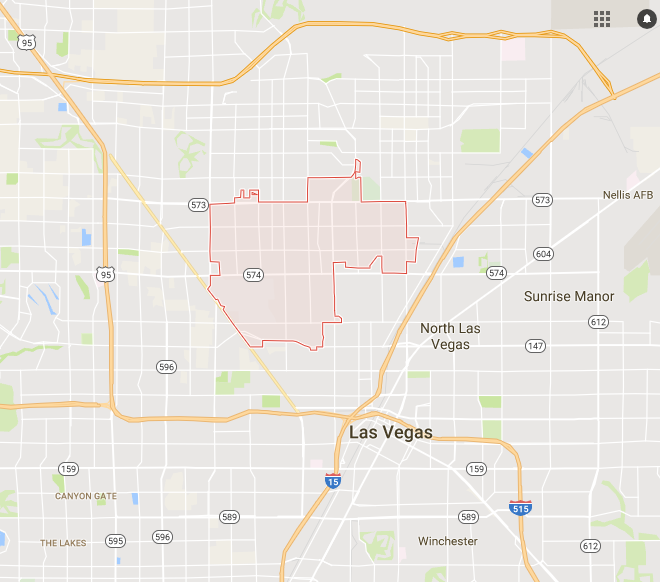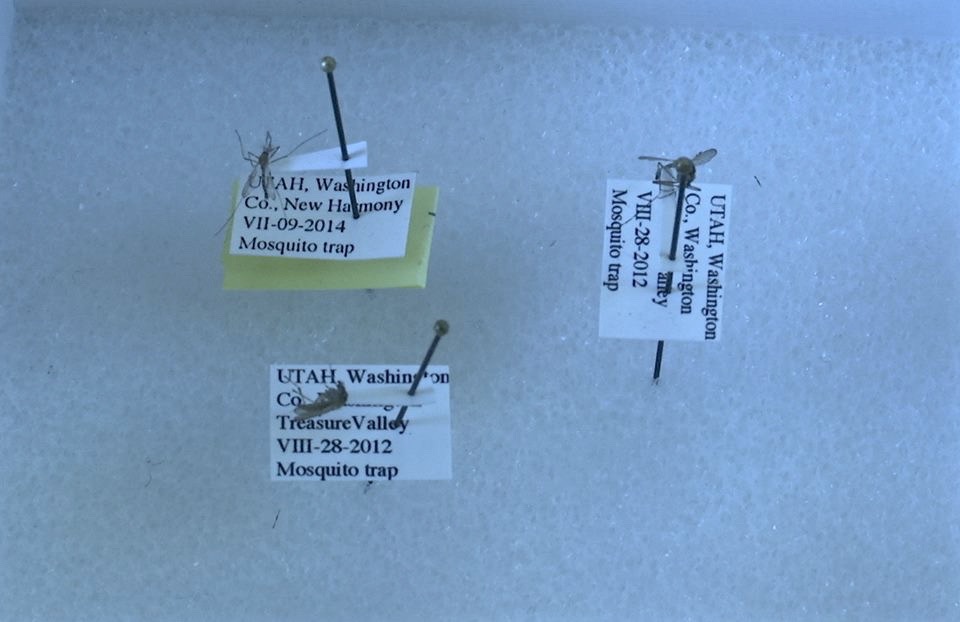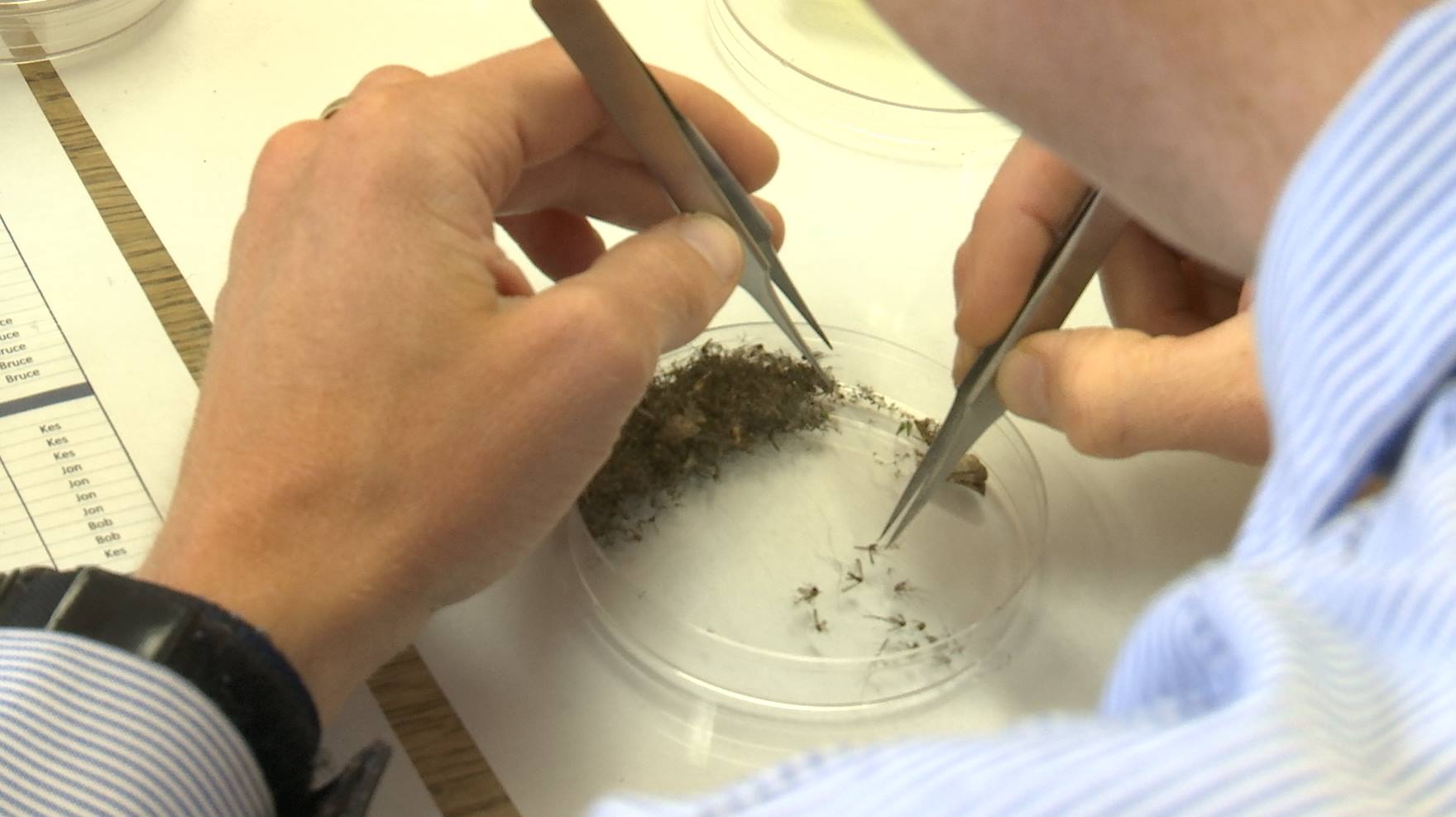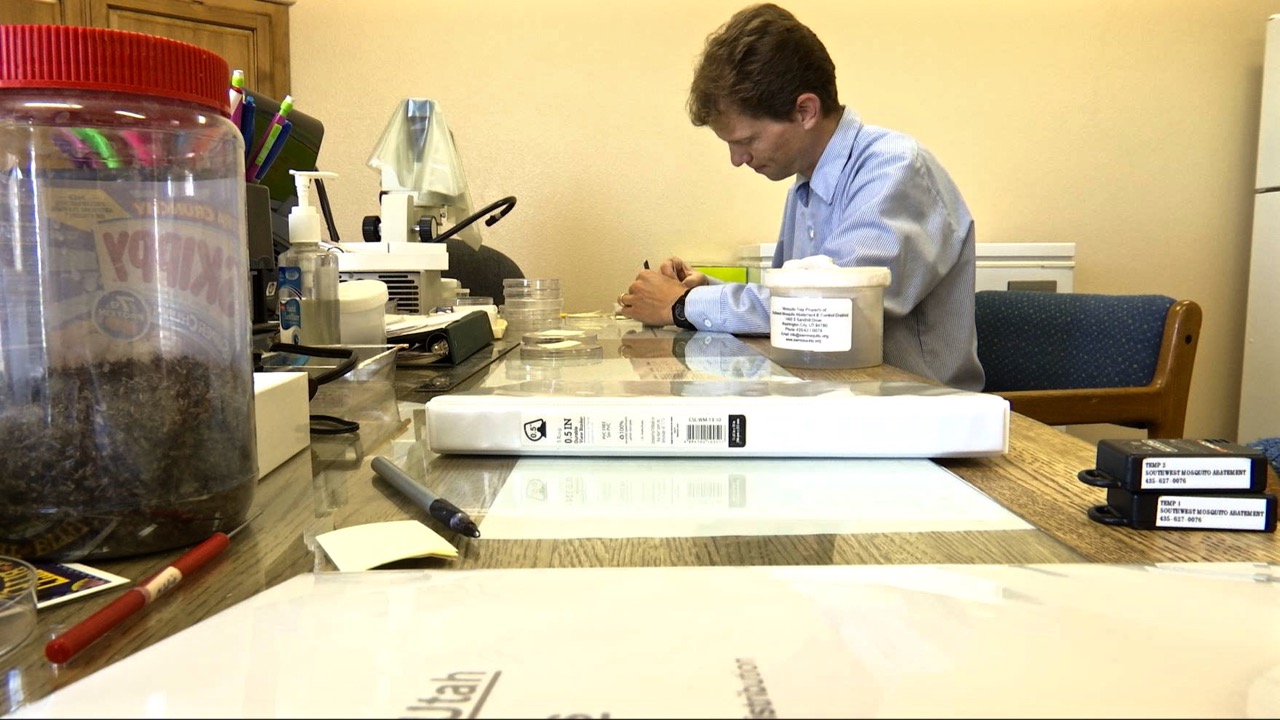
ST. GEORGE – Clark County, Nevada, officials have confirmed the presence of the type of mosquito that can carry the Zika virus and other formerly tropical diseases.

The Southern Nevada Health District announced last week that the first Aedes aegypti mosquitoes have been identified in Southern Nevada.
The Zika virus is feared because it can cause severe birth defects if a pregnant woman becomes infected. The mosquitos found so far have tested negative for the Zika virus. Nonetheless, the Health District is taking the threat seriously.
“Our environmental health specialists are talking to residents, providing them with information about eliminating breeding sources, and asking if they can set traps on their property,” Dr. Joe Iser, chief health officer of the Southern Nevada Health District, said.
“With the detection of this new species in our community and the report of our first case of West Nile virus, it is important to remind everyone to take steps to eliminate mosquito breeding no matter where you live in the Las Vegas area.”
The Health District spent the weekend conducting surveillance, treating the immediate area where the mosquitoes were first detected and giving out breeding prevention information, spokeswoman Jennifer Sizemore said in a written statement.
The mosquitoes were first identified by the Health District’s Vector Surveillance Program in the 89032 ZIP code area of Clark County on May 31. The Aedes aegypti mosquito is the main type of mosquito that spreads Zika, dengue, chikungunya and other viruses.

Before being found in Southern Nevada, the species was identified in California and Arizona. To date, mosquitoes in those states have not tested positive for the Zika virus.
Aedes aegypti mosquitoes can become infected with Zika if they bite an infected person while he or she still has the virus in their blood. The mosquito then needs to live long enough to bite someone after the virus has had time to multiply in its system.
The Health District reported 22 cases of Zika virus in Clark County residents in 2016. Twenty-one cases were travel-associated and one was sexually transmitted. There has been one travel-associated case reported in 2017.
In addition to infection from mosquito bites, Zika can spread from a mother to her baby during pregnancy. It can also be spread during sex from an infected person to his or her partners.

Residents and visitors to Southern Nevada are urged to protect themselves from mosquito bites. Unlike mosquitoes that can transmit West Nile virus and are most active at dawn and dusk, Aedes mosquitoes are more aggressive during the day.
They are known to breed near homes and primarily bite humans. Residents are urged to report all mosquito activity to the Health District, particularly day-biting mosquitoes.
Washington County
Aedes aegypti mosquitoes are more of a tropical species, and have not been found in Washington County, Southwest Mosquito Abatement and Control District Manager Sean Amodt said.
“We’ve been looking,” Amodt said.
For example, Phoenix has the mosquito species even though the terrain surrounding Phoenix is quite harsh. Very large storm drain systems provide the Aedes aegypti mosquitoes plenty of places to breed and hide.
“We don’t have a lot of that here,” Amodt said, “so hopefully that will ward them off. And hopefully we’re just a little bit colder and that will deter them as well.”

“There’s still always the possibility that they could show up, but establishing themselves might be more difficult.”
The Mosquito District has an extensive network of traps to capture mosquitoes. Once caught, the insects are checked for the species type and for West Nile disease along with Western Equine Encephalitis.
Amodt urges residents to be on the lookout for mosquitoes that bite during the daytime, a trademark of the Aedes.
While the Aedes mosquito is not the only day-biter, in Washington County other day-biting mosquitoes are mostly confined to the more rural areas. And Aedes mosquitoes like the typical conditions that are found around homes, he said.
“They are a container breeding mosquito,” Amodt said. “So they will look for containers with little amounts of water, next to places where they can find a blood meal.”

Plant pots with catch trays are a favorite of the species, especially ones located where they get sprinkled regularly.
Wheelbarrows, boat covers and anything that can fill up with a little rain or sprinkler water can play host to the mosquito.
Vigilance is necessary, as mosquitoes breed faster in the summer heat.
“If you have water (standing) for longer than three days, you’re going to have a mosquito problem.”
What to do around your home
Mosquitoes require standing water to breed. Follow these tips to prevent mosquito infestations around the home.
- Throw away or recycle water-holding containers that are not needed.
- If empty containers or large objects such as boats or old appliances must be stored, they should be covered, turned over or placed under a roof that does not allow them to fill with water.
- Empty or cover anything outside that can hold water.
- Fill tree holes and other cavities in plants with sand or soil.
- Filter permanent ponds regularly or put fish in them. Fish eat mosquito larvae.
- Keep pools chlorinated or drained completely.
- Clean clogged rain gutters and storm drains regularly.
- Manage irrigation water effectively.
- Store old tires inside or cover them.
- Eliminate areas of standing water around your home including non-circulating ponds,
“green” swimming pools and accumulated sprinkler runoff. - Check for hidden bodies of water such as wells, septic tanks, manholes, clogged drains, etc.
- Report other mosquito breeding sites to the Mosquito District.
Resources
- In Washington County, report mosquito problems to the Southwest Mosquito Abatement and Control District by calling 435-627-0076 or by sending an email. For more information, see the District’s website.
- Mosquito activity in Nevada can be reported to the Vector Surveillance Program at 702-759-1633.
- Zika information from the Southwest Utah Public Health Department is available here.
- For up-to-date information on Zika and travel recommendations visit the CDC website.
- For more information on mosquito surveillance activities in Southern Nevada access the Southern Nevada Health District website.
- Access information about the Southern Nevada Health District on its website: www.SNHD.info. Follow the Health District on Facebook: www.facebook.com/SouthernNevadaHealthDistrict, YouTube: www.youtube.com/SNHealthDistrict, and Twitter: www.twitter.com/SNHDinfo.
- The Health District is available in Spanish on Twitter: www.twitter.com/TuSNHD.
- Additional information and data can be accessed through the Healthy Southern Nevada website: www.HealthySouthernNevada.org.
Email: [email protected]
Twitter: @STGnews
Copyright St. George News, SaintGeorgeUtah.com LLC, 2017, all rights reserved.